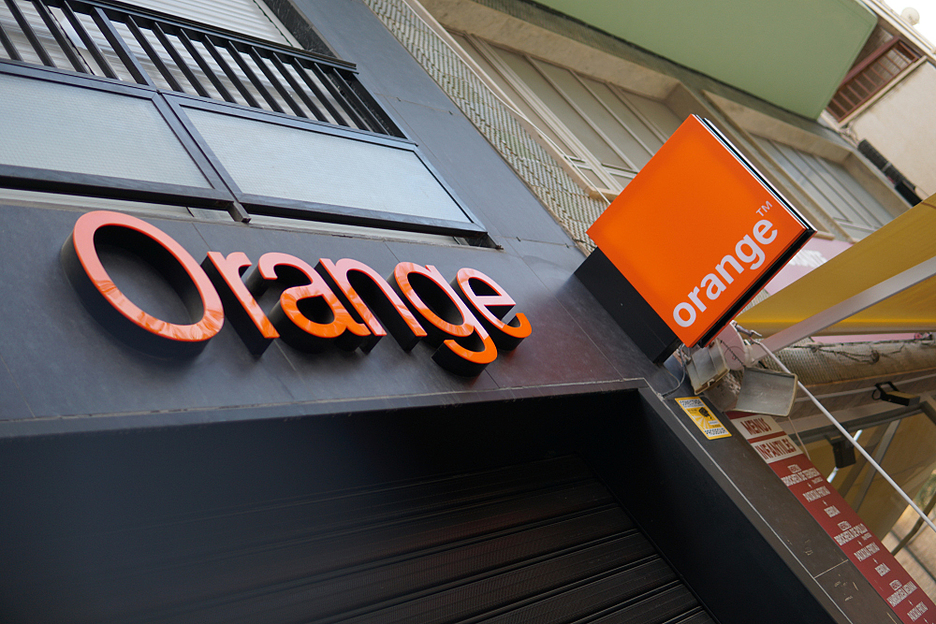The platform, which uses a test viewer based on Windows MR, allows you to adapt the optics of the device to focus virtual objects at different distances.
Lemnis Technologies it is showing in SIGGRAPH its software platform (with Unity support at the moment) and hardware Verifocal, a solution that aims to reduce dizziness by offering a more immersive and comfortable virtual reality experience. Like the Oculus Half Dome prototype, the system analyzes eye movements (where the user is looking and how far away) to automatically adjust the device’s optics (they do not specify exact operation).
“The VR industry has progressed significantly in recent years, but there are still fundamental problems in the design of today’s viewers. Most try to mimic natural vision as it happens in the real world, but the convergence accommodation conflict prevents users from having a comfortable and prolonged VR experience. We have developed a platform that works together with the human eye to create a natural response that we hope will help more people feel comfortable in VR,” says Pierre-Yves Laffont, CEO of Lemnis.
Thanks to this technology we will enjoy the following advantages:
- Reduced eye strain: Works in conjunction with the natural mechanisms of the human eye to offer a natural accommodation response, allowing for a more comfortable experience and prolonged use.
- Focusing on nearby objects: It no longer matters where virtual objects are placed, thus removing restrictions for content developers.
- Enhanced eye tracking experience: Tracks users ‘ eye movements to enable real-time adjustments, providing a seamless visual experience.
- RV without prescription glasses: It takes into account the user’s prescription to offer a clear and comfortable experience without the need for glasses.
The company argues that dizziness has played an important role in delaying the mass adoption of VR, something they hope will change with this type of variable-focus viewers, which resolve the focus conflict associated with image depth perception in the virtual world.
The first viewer they have shown in SIGGRAPH is based on Windows Mixed Reality and has the features of most Windows MR viewers (two screens from 90 Hz to 1440×1440, absolute inside-out positioning, etc). Verifocal modules, which add a weight of 220g (giving a total of 660g), allow a diopter range of between 0 and 4.5. The eye tracking system features a 640×480 VGA camera at 60 fps for each eye.
Event attendees, in addition to testing the viewer with Verifocal, can purchase the Evaluation Kit, of which they have not shared more details.









